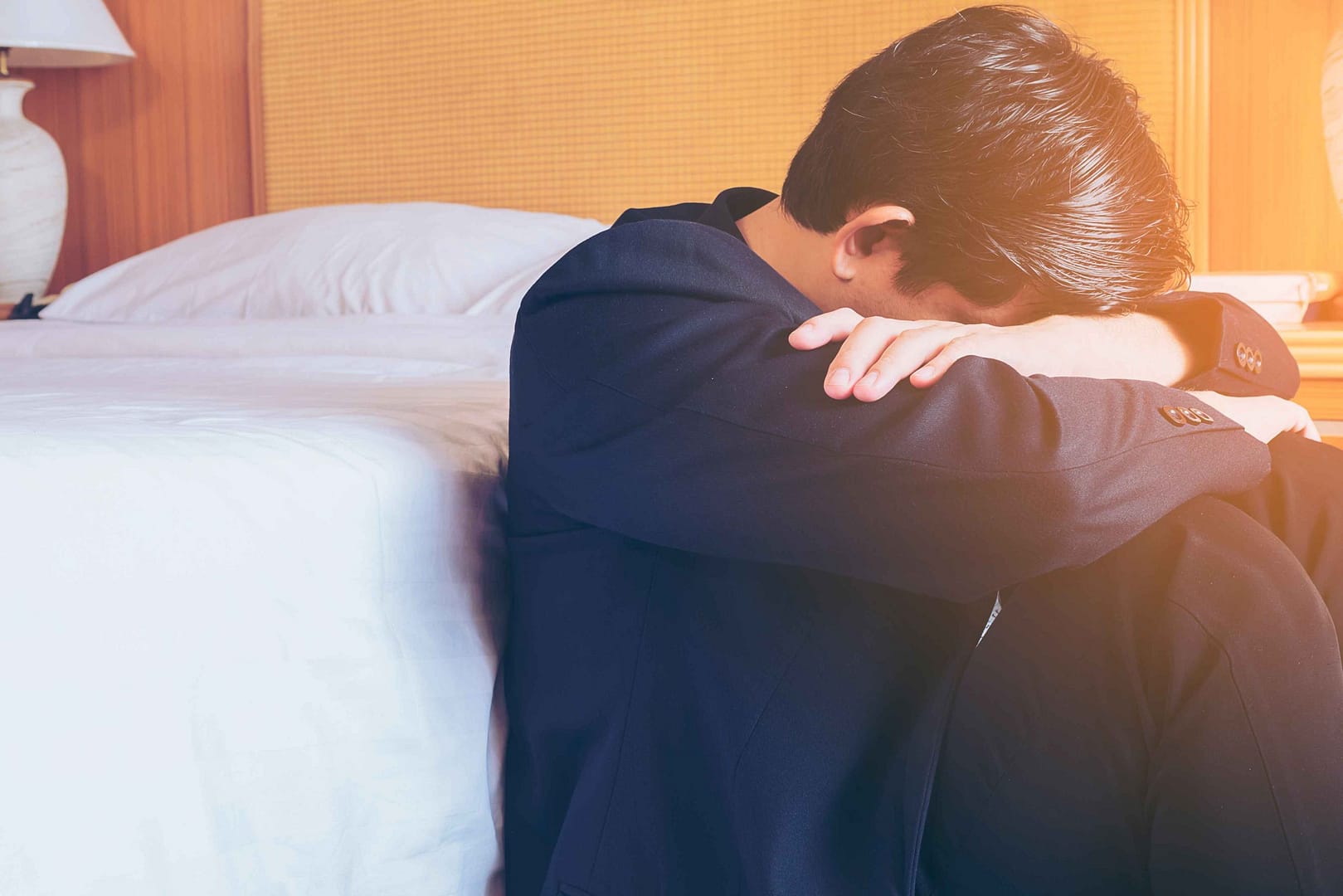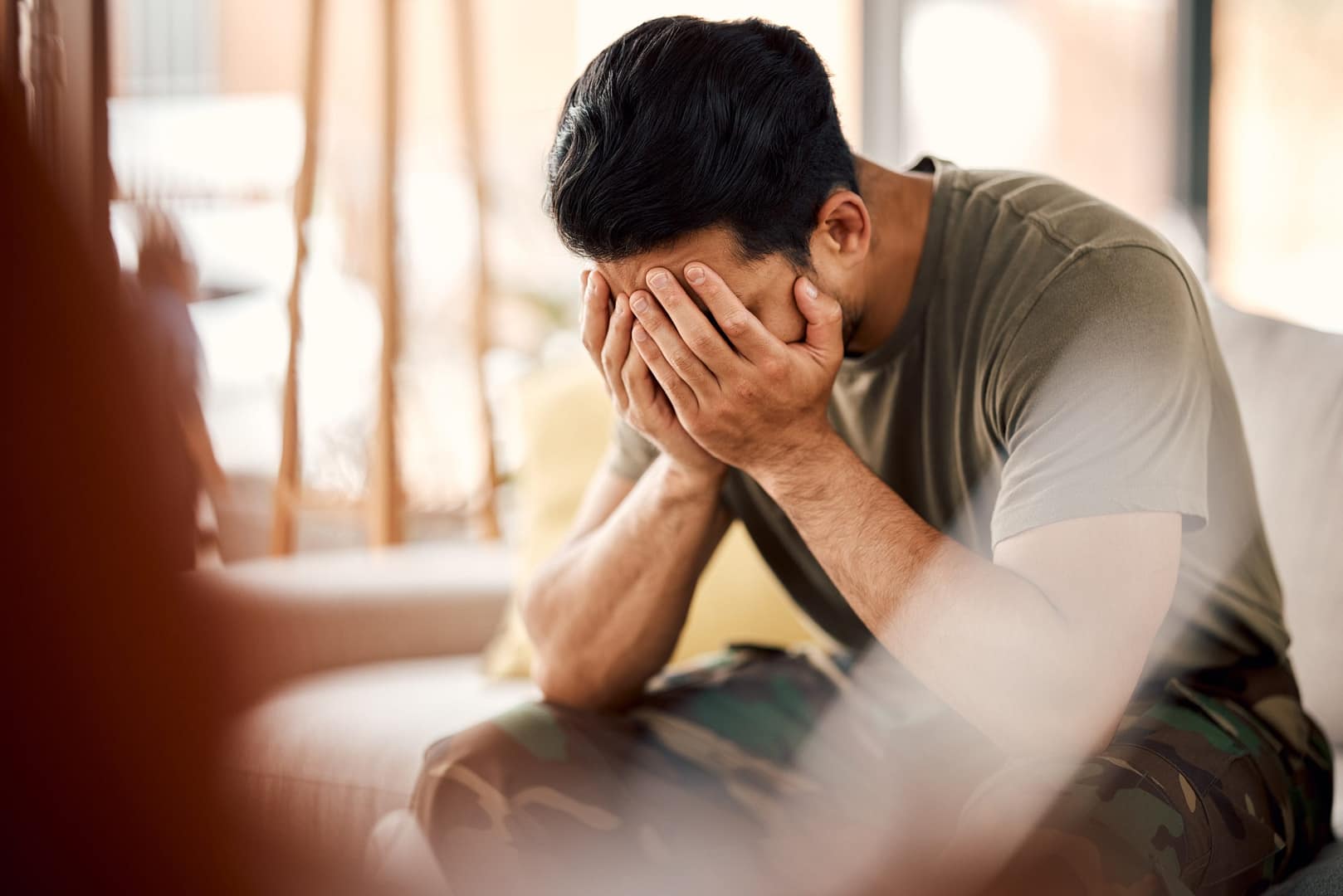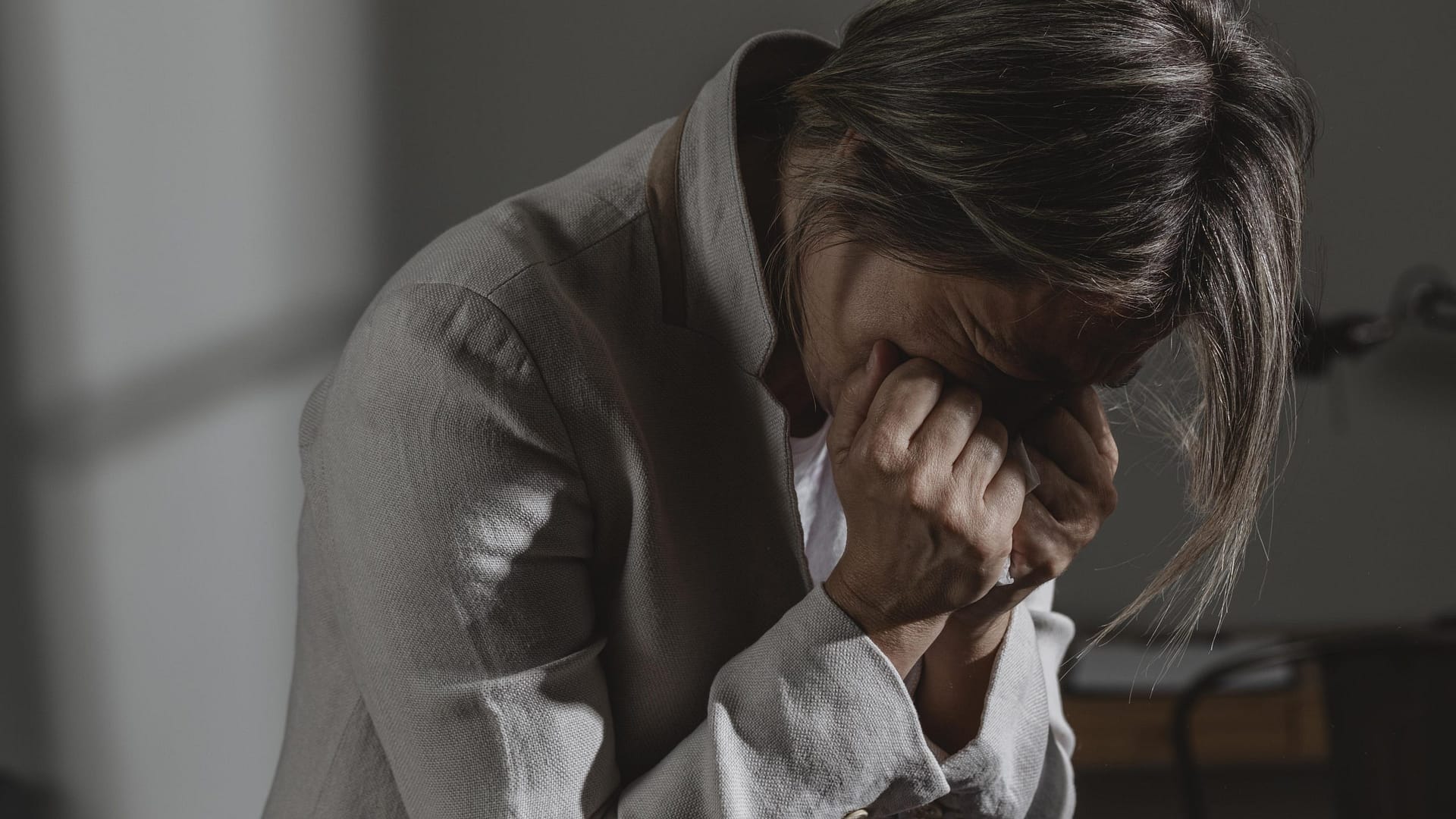An anxiety attack is caused by built-up stress overtime and related to certain triggers. While panic attack on the other hand is an abrupt, intense, and overwhelming surge of anxiety. Different physical and emotional symptoms like fast heartbeat, shortness of breath, dizziness, and immense fear or terror can manifest in these attacks.
It is critically important for those who experience such attacks to learn how to effectively manage them since uncontrolled attacks could affect lives greatly including daily life, relationships, and overall well being. Developing strategies that are calming and coping methods can help in reclaiming lost control over one’s life and prevent escalation.
Seek anxiety counseling in NYC to acquire the skills of calming down during anxiety attacks.
What Anxiety Attacks Are About?
Anxiety attacks may arise from different causes such as stress, specific phobias, certain traumatic events, or even physical conditions like caffeine intake or hormonal changes, amongst others. One should know the triggers to anticipate potential attacks whenever they appear.
Symptoms of anxiety attacks may vary from individual to individual, but the most common among them include physical feelings such as rapid heartbeat, sweating, trembling chest pain/tightness, and feeling choked or unable to breathe properly. Emotional symptoms include fear of being overwhelmed by dread-like emotions or detached from reality.
In an attack of anxiety, a fight-or-flight reaction occurs with the release of adrenaline and other hormones into the bloodstream. This physiological response leads to various physical and psychological symptoms, making individuals feel out of control and overwhelmed.
Breathing Techniques for Deep Relaxation
A deep breathing exercise is a simple yet powerful technique that helps calm the mind and body during an anxiety attack. When people are anxious, the respiration process becomes shallow and rapid, which further intensifies the physical manifestations of anxiety.
To perform a deep breathing exercise, find a comfortable seat on the ground. Inhale slowly through the nostrils, allowing the abdomen to inflate with each inhalation. Pause briefly, then exhale slowly through the mouth and observe the abdomen deflate. Repeat this process, focusing on slow, deep breaths.
Deep breathing can reduce the physical symptoms of anxiety by increasing the flow of oxygen and activating the body’s natural relaxation response as well. It also helps to distract one from anxiety and stay grounded in what is happening now.
Types of Deep Breathing for Anxiety
Belly Breathing
Inhale slowly through your nose, making your belly expand as you fill up your lungs. Exhale into pursed lips and let your stomach go down. This type of breathing is deep and it helps in calming the diaphragm as well as other muscles during anxiety.
4-7-8 Breathing
Inhale through your nose for four seconds. Hold your breath for seven seconds. Exhale out through pursed lips for eight seconds. Repeat this process whenever necessary. It is a method that helps in relaxation by rhythmical breathing in people with anxiety.
Alternate Nostril Breathing
Cover one nostril with the thumb while inhaling from the other one. Change over to the other nostril while exhaling and cover the first one too. The same inhalation should take place at the open nostril again .This kind of exercise balances the mind and assists one in bringing back to the present moment.
Resonant Breathing
Inhale through your nose for four counts; exhale through pursed lips six times. Feel the vibration on your mouth and nasal passages when you breathe out. This technique of slow, soft breathing induces calmness in people with anxiety.
Grounding Techniques
Grounding Techniques include sitting outside, listening to music, taking off shoes, walking barefoot, standing in front of a fireplace, etc. They may particularly come in handy during anxiety attacks when one feels detached from reality or overwhelmed by anxious thoughts or feelings.
Grounding exercises can orient them back to the current situation. Focusing on the senses again, such as feeling things around us physically or tasting something good, will make people feel normal again after such attacks.
Avail anxiety therapy in New York city to heal from the effects of anxiety.
Types of grounding techniques
5 Senses Technique
Come into the present moment by observing 5 things that you see, 4 things you can touch, 3 things that you can hear, 2 things that you can smell, and 1 thing that tastes good to you right now. With this procedure, people are kept rooted within their current circumstances. It can help people detach themselves from anxious thoughts.
Muscle Relaxation
Start tensing each muscle group in sequence while moving from toes towards head before relaxing them back again .As tension is released from muscles visualize worry and stress leaving your body system.
Mindful Object
Choose a small object like a stone or piece of jewelry, analyze it deeply. Note its color, texture, weight, among other physical attributes. This deliberate concentration will divert your mind from anxiety.
Grounding Visualization
Erect a mental image of yourself as a tree, with long roots extending deep into the earth providing grounding. Feel the connection to the ground that is strong and firm. Visualize extracting nourishment from the soil to overcome anxiety.
Mindfulness Meditation
The act of mindfulness meditation is the practice of directing one’s attention to the present moment, avoiding any form of judgment or reaction. It could be a powerful method for anxiety by teaching one to observe the thoughts and emotions with detachment and acceptance.
As one engages in mindfulness meditation, choose a silent and relaxed spot either to sit on or lie down. Concentrate the mind on the breath to feel air moving in and out through the body. If it loses focus, bring it back gradually without self-criticizing.
Recent research has shown that regular mindfulness meditation can help reduce symptoms of anxiety, enhance emotional regulation, heighten calmness, and create a sense of overall well-being. Moreover, it can lead to increased knowledge of one’s thought patterns and generate an accepting attitude towards one’s experiences.
Progressive Muscle Relaxation
Progressive muscle relaxation (PMR) is a strategy that entails systematically tensing and relaxing diverse groups of muscles within one’s body. This process also helps release built-up tension, creating a sense of calmness.
To do progressive muscle relaxation, start at the toes and feet. Tense and relax the muscles, and gradually move upwards through the calves, thighs, abdomens, arms, shoulders, and face. With each muscle group tensed, hold for a few seconds and then fully withdraw, releasing all tensions.
PMR would be especially useful during an anxiety attack because it takes the mind off anxious thoughts and focuses instead on bodily sensations. By consciously relaxing the muscles, one can counteract the physiological effects of anxiety, thus promoting relaxation.
Find an anxiety therapist in New York to calm the anxious mind through proper guidance.
Lifestyle Changes for Anxiety Management
It is important to adopt good lifestyle habits that will help manage anxiety effectively and prevent panic attacks from happening. Some of these include routine exercise, good sleep hygiene, and a healthy diet that is well-balanced.
In particular, it is essential to improve sleep quality since both lack of enough sleep and improper sleep habits can significantly worsen anxiety symptoms. There are strategies like establishing regular sleeping hours, creating a relaxing bedtime routine in order to boost our night rest, and not being on screen before going to bed that could help one get better sleep.
Similarly, dietary changes such as increasing omega-3 fatty acid, Vitamin B, or magnesium intake can also be helpful in supporting mental health and potentially reduce the symptoms of anxiety. Furthermore, cutting back on coffee or other caffeinated beverages, alcohol or processed food will be valuable in controlling moods and reducing anxiety triggers.
Developing a plan for dealing with anxiety
People experiencing anxiety have unique experiences, and what works for one person might not do so for another. It is important to identify the personal triggers, symptoms, and coping mechanisms in order to develop a personalized approach to managing anxiety.
The strategy should consist of different techniques that one finds most suitable for calming down when having anxiety attacks, such as deep breathing exercises, mindfulness meditation, grounding techniques, and lifestyle changes.
Consistency and practice are crucial when it comes to managing anxiety effectively. Incorporate the chosen strategies into daily routine, be patient and develop new habits and coping mechanisms.
Contact an anxiety specialist in NYC to begin the journey of finding calm when faced with anxiety.
Seeking Professional Help
Even though self-help methods could work for people who experience mild or moderate levels of anxiety attacks, it is right to seek professional help in case of severe anxiety all the time.
Mental health professionals including Licensed Professional Counselors (LPCs), therapists, psychologists and psychiatrists are trained to offer treatments supported by research that can form a part of an overall program aimed at managing anxiety disorders effectively.
Methods of healing applied by mental health professionals
Cognitive Behavioral Therapy (CBT):
Anxiety management using CBT is widespread among many professionals. This method aims at discovering and changing negative thinking and behavior that leads to anxiety. During CBT sessions, the person learns to identify irrational thoughts and beliefs, question them, and substitute them with more sensible ones.
The professionals can employ techniques like cognitive restructuring, exposure therapy, or behavioral experiments to fashion coping mechanisms that would aid in reducing anxiety and taking control over life.
Mindfulness-Based Stress Reduction (MBSR):
This is a mindfulness meditation approach combined with yoga exercises and body awareness intended to help individuals cope with stress and ease anxiety. Mindfulness-Based Stress Reduction teaches people how to cultivate being present in the moment, non-judgmental acceptance of reality, and self-compassion.
Mindfulness practices such as mindful breathing, body scans, or mindful movement help one develop a greater ability to endure distressing emotions and thoughts, hence decreasing anxiety and leading to more fulfilled lives.
Acceptance and Commitment Therapy (ACT):
Anxiety is one of many psychological conditions where ACT concentrates its efforts on acceptance, mindfulness training, and values-based approaches. Psychotherapy demonstrates an ability to accept personal experiences devoid of judgment while at the same time engaging in actions that are committed towards goals derived from personal values.
These processes include mindfulness exercises’ various forms, including Cognitive Defusion Techniques alongside a clarification of values, which give rise to mental flexibility meaning resilience becomes viable. This makes it easier addressing situations characterized by anxiety constructively within the context of existence.
Opt for anxiety treatment in NYC to heal from anxiety with the help of evidence-based therapy methods.
Frequently Asked Questions
1: What are the common symptoms of anxiety attacks, and how do they manifest themselves?
Anxiety attacks may vary in their presentations with a number of physical and emotional symptoms such as fast heart rate, sweating, shaking, chest pain, feeling that your throat is closing up, fearfulness, or unreal experiences. These symptoms are brought about by an adrenaline rush and other hormones activated through the fight-or-flight response of the body during an attack.
Q2: How can one deal with anxiety attacks on their own?
When one is struggling to cope with panic disorders alone, there are several methods that can be employed. Deep breathing exercises, progressive muscle relaxation techniques, mindfulness meditation, and grounding techniques can help to relieve some of the symptoms during an attack. Some adjustments in lifestyle, like regular exercising, good sleep hygiene, and a balanced diet, also contribute to general anxiety management.
Q3: At what point should one seek professional help for anxiety attacks?
Professional help should be sought for severe anxiety attacks, or it is significantly impacting daily life. Mental health professionals, who may include therapists or psychologists, can offer therapies such as Cognitive Behavioral Therapy (CBT), Mindfulness-Based Stress Reduction (MBSR), or Acceptance and Commitment Therapy (ACT) specifically designed to address people’s needs so one can come up with effective ways of coping with the problem.
Conclusion
We have reviewed several effective strategies for calming an attack of fear, deep breaths, progressive muscle relaxation, observing the thoughts without judgment through mindfulness meditation, using grounding exercises, CBT methods, changes in lifestyle when necessary seeking help from experts when needed.Finding out what works best individually is important in managing
anxiety. It is likely that some methods will be more resonating than others. Hence, it is worthwhile to experiment and find out what works for you.
Searching for compassionate anxiety counseling in NYC? Just contact psychotherapist Gita Sawhney at her practice GS Mental Health and Wellness in Manhattan New York.






